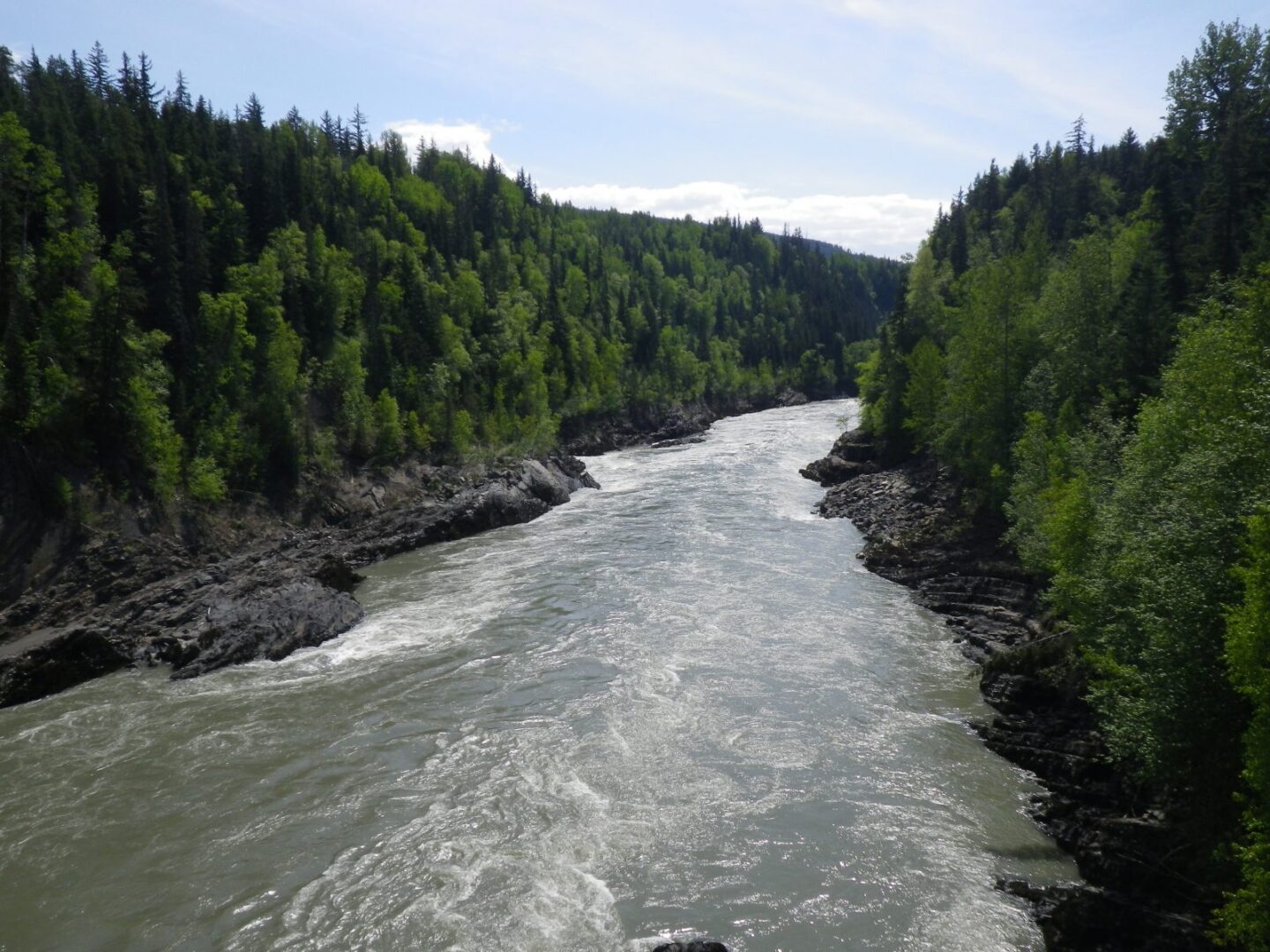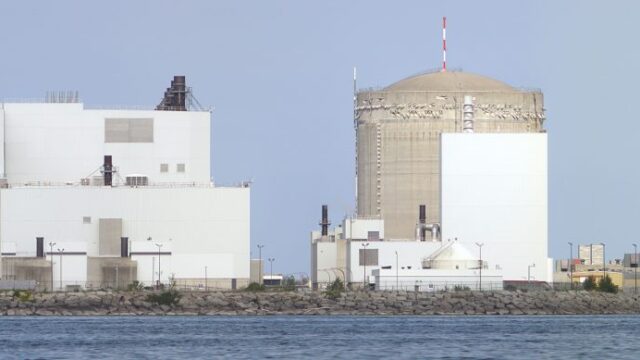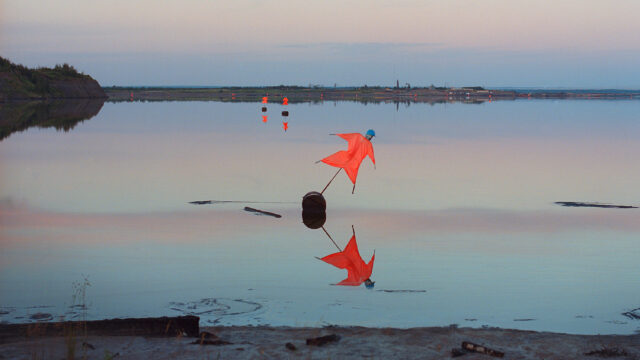Since October, you’ve heard about our presentations to the Expert Panel considering how to revamp Canada’s environmental assessment (EA) laws
In late November, my colleague, Barry Robinson, spoke to the Expert Panel about decision making in the EA process.
I spoke to the Panel in Toronto about the need for better screening measures and broader scoping of assessments, and stressed why we need to start incorporating environmental justice principles in EA process.
What’s the issue?
To meaningfully examine a project and its contribution to sustainability, there needs to be an assessment of its effects in a comprehensive and cumulative manner. Unfortunately, that is not the way current EAs function.
As for what projects actually need EAs, you might be surprised by how few projects are currently subject to federal EA requirements. If you’re thinking that this might not be a big deal, think again. Major projects like fracking, oil and gas development, rail transportation of hazardous products, oil-by-rail facilities and most in-situ oil sands proposals can present huge risks to the environment and local communities but are generally excluded from EAs.
As you can imagine, this poses a major problem. Without an EA, the environmental and social impacts of these projects may not be fully considered and steps to mitigate potential impacts will not be taken. We’ve seen this happen many times before.
You’ve heard us say this more than once – Canada’s EA process is broken. It has been broken for a long time. There needs to be a shift that focuses on long-term sustainable policies, plans and projects that promote the strongest possible contributions to lasting wellbeing.
Real life example: Red Chris Mine
The Red Chris Mine project demonstrates what’s at stake when an EA is done in an artificially narrow manner, and leaves out comprehensive assessment and public engagement.
These risks should have been assessed under the Canadian Environmental Assessment Act, 1992 and its regulations which required metal mines processing more than 3,000 tonnes of ore per day to undergo comprehensive assessments with public participation. But that’s not what happened with the Red Chris Mine project. By “splitting” the project narrowly – rather than examining the mine as proposed by the proponent, the EA would consider only facilities related to tailings ponds and explosives facilities – the federal government avoided a comprehensive EA and the public was not consulted on the scope of the assessment to be conducted.
That’s why Ecojustice lawyers teamed up with MiningWatch Canada to take the matter all the way to the Supreme Court of Canada — and won.
The Court held that the federal government must, by law, assess major industrial projects in their entirety and upheld the fundamental right of Canadians to be consulted during the environmental assessment of large mines on the comprehensive study list — after we won, the government changed the law so that it would allow what was originally declared unlawful in this case.
What needs to change?
In addition to what my colleagues, Josh and Melissa, have mentioned in their presentations, we believe that EAs need to consider the overall impact of a project on economic, social and environmental sustainability – which includes assessing the cumulative impacts on the environment and local communities.
The best way for this to happen is to ensure that EAs are scoped broadly to consider the overall contribution of a given project to sustainable development. Of particular importance will be meaningfully reflecting environmental justice principles and cumulative effects throughout the EA process.
What we want to see happen
We know that resuscitating EA law in Canada will require fundamental change. It is past the point where minor tweaks to our laws will be enough.
That’s why, in addition to broadening project scopes and including better screening measures, we think that incorporating environmental justice principles into EA processes is important. This would include:
1. Historically, disadvantaged communities have often faced different and greater barriers to engagement. To ensure meaningful engagement of impacted communities, there must be adaptive and innovative approaches to public outreach and participation.
2. Members of the public should have an opportunity to participate in decision-making about the scope of an environmental assessment given the pivotal role scoping decisions often play in the EA process.
3. In many cases it will be necessary for EAs to examine the impacts of projects on low-income populations, Indigenous communities and other socially and biologically vulnerable populations.
4. When there is a disproportionately high and adverse impact to the local community, the EA should incorporate attention to identifying alternatives that could mitigate those effects, and use the community’s input in their development — like alternate locations, incorporating pollution prevention practices, etc.
The independent panel appointed to review Canada’s environmental assessment processes wants to hear from you. Please submit your comments online and tell the federal government what you think matters most in strengthening environmental assessments – such as meaningful public participation, a climate test and nation-to-nation dialogue with Indigenous peoples.
Have your say now to ensure stronger environmental decision-making in Canada!




